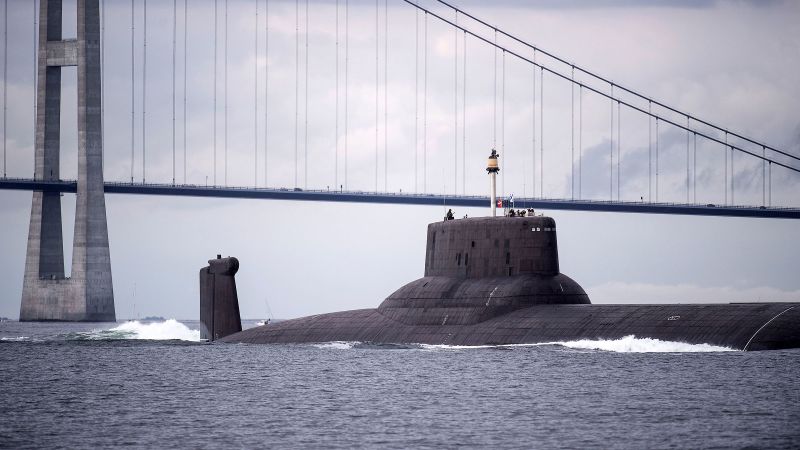CNN
—
The US has detected increased Russian military activity around key undersea cables, and believes Russia may now be more likely to carry out potential sabotage operations aimed at disabling a critical piece of the world’s communications infrastructure, two US officials told CNN.
Russia has put increasing emphasis on building up a dedicated military unit, which deploys a formidable fleet of surface ships, submarines and naval drones, according to one of the officials. The unit, the “General Staff Main Directorate for Deep Sea Research,” is known by its Russian acronym GUGI.
“We are concerned about heightened Russian naval activity worldwide and that Russia’s decision calculus for damaging US and allied undersea critical infrastructure may be changing,” a US official told CNN. “Russia is continuing to develop naval capabilities for undersea sabotage mainly thru GUGI, a closely guarded unit that operates surface vessels, submarines and naval drones.”
The US regularly tracks Russian ships that patrol close to critical maritime infrastructure and undersea cables often far from Russian shores, the official said. US concern about the secretive Russian unit’s undersea operations has not been previously reported. CNN has requested comment from the Russian Ministry of Defense.
Undersea cables form a critical backbone of internet and telecommunications traffic around the world. Most communications and internet traffic travels across a vast network of high-speed fiber-optic cables installed along the ocean floor. A coordinated attack could significantly disrupt private, government and military communications along such cables as well as industries that rely on such communications, including financial markets and energy suppliers.
Undersea cables also carry vast amounts of electricity among several European countries.
See the moment Russian ships approach NATO task force while CNN aboard
The US and its allies closely monitor Russian naval activity over key undersea cables around the world. Commanders aboard a NATO patrol vessel in April 2023 told CNN they had witnessed an increase of such activity over undersea cables in the Baltic Sea in recent years.
The seas around Northern Europe are a focus of such Russian military surveillance and activity. Last year, a joint investigation by the public broadcasters of Sweden, Denmark, Norway and Finland found that Russia has a fleet of suspected spy ships operating in northern European waters for potential sabotage of both undersea cables and wind farms.
Using data analysis, intercepted radio communications and intelligence sources, the broadcasters tracked over several years some fifty ships operating in the area, using underwater surveillance to map sites for potential attacks.
Taiwanese and US forces have seen similar activity by the Chinese Navy in waters around Taiwan, as I reported in “The Return of Great Powers” in March. “The activity looks like targeted harassment by Beijing – or an exercise in preparation for cutting off the whole of Taiwan,” Elisabeth Braw wrote in Foreign Policy magazine in February 2023.
Russia’s threatening activity has not been disrupted by its ongoing war against Ukraine. The Russian leadership places great value on GUGI, a US official told CNN, continuing to fund the unit even while waging war in Ukraine.
A US official told CNN the US would consider any such sabotage of undersea infrastructure as a significant escalation in Russian aggression outside of Ukraine.
“Any activities that damaged seabed infrastructure including undersea cables especially during periods of heightened tensions risks misunderstandings and misperceptions that could lead to unintended escalation,” the US official told CNN. “The US would be especially concerned about damage to our or our allies’ critical undersea infrastructure.”











